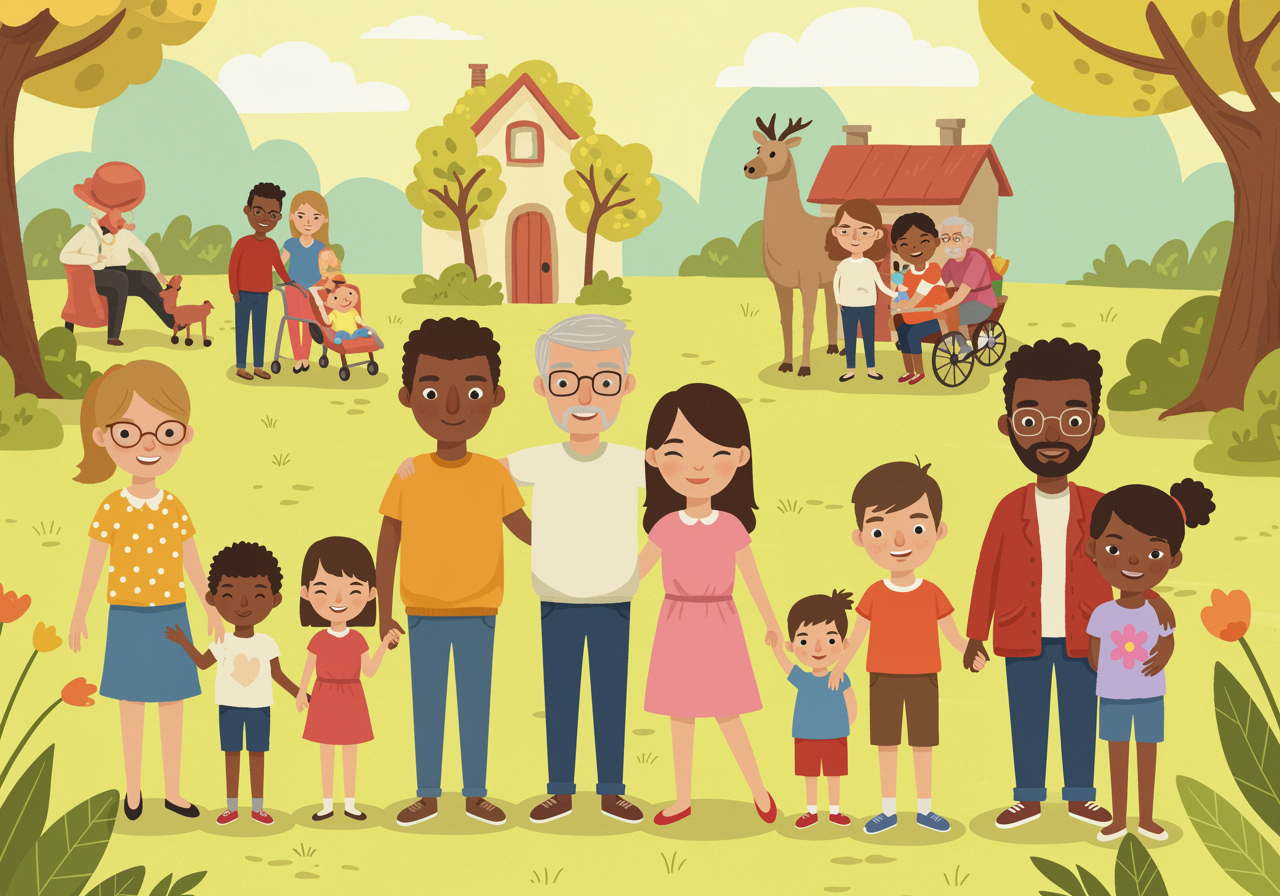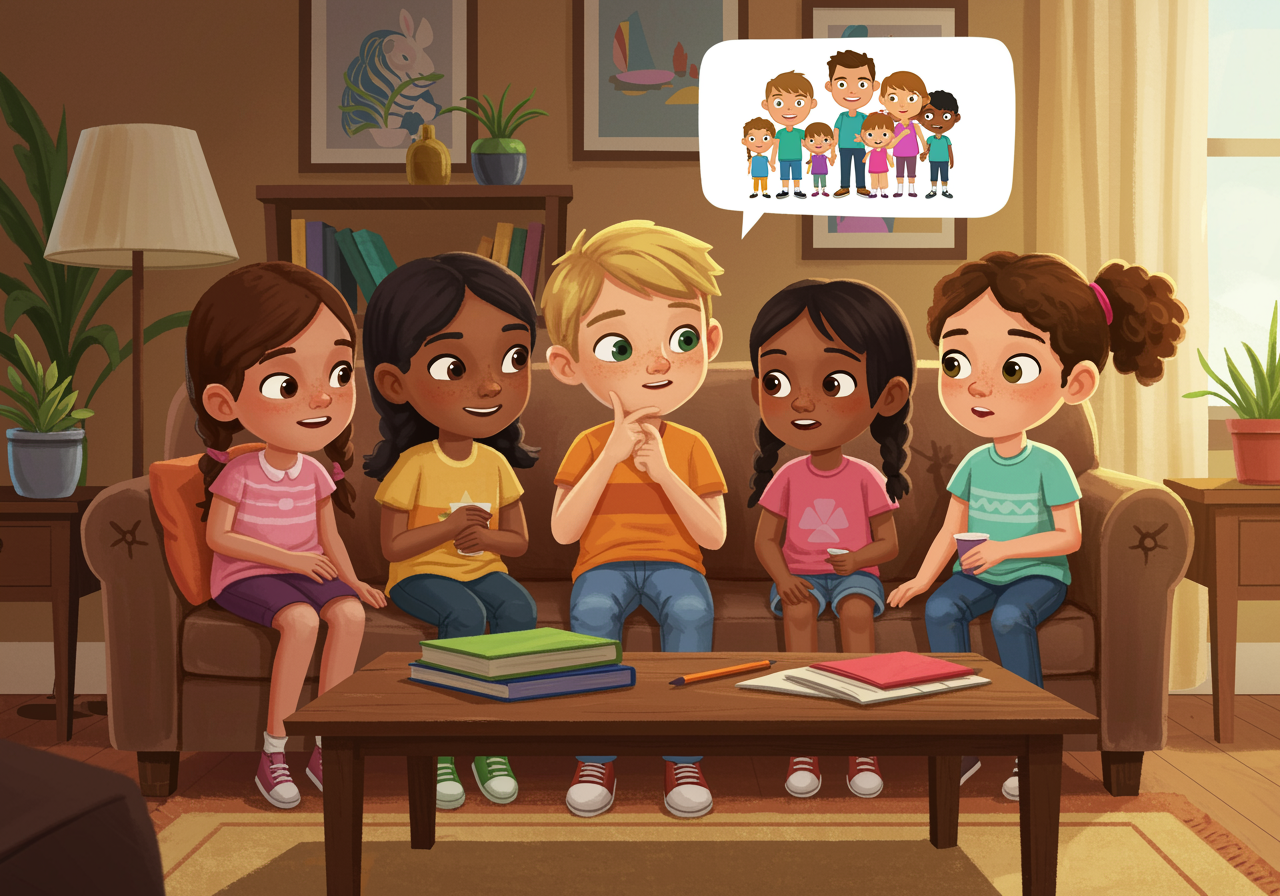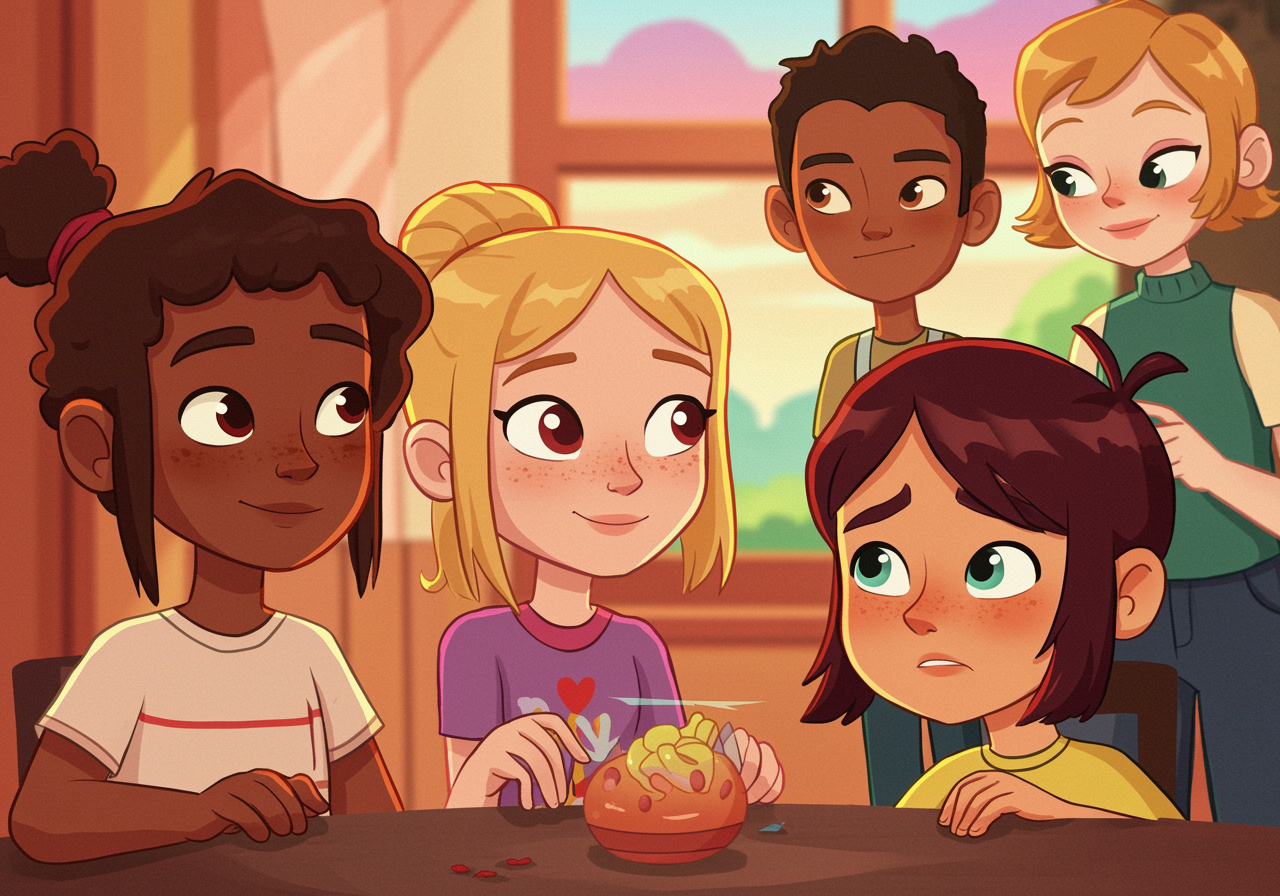Cartoon Classroom: How Animation Shapes What We Think About Life and Love

Discover how your favorite animated shows and movies secretly teach us about relationships, families, and the world around us
Dive into the colorful world of animation and uncover how cartoons and movies influence the way we see different lifestyles, relationships, and communities.
Overview
Think about it – from the time we're little, animated characters become some of our first teachers about friendship, family, and how people live. Whether it's watching Moana discover her courage, seeing the different family dynamics in The Incredibles, or following Steven Universe's journey of acceptance, cartoons paint pictures in our minds about what's 'normal' or 'different.' These colorful stories don't just entertain us; they quietly shape how we think about relationships, diversity, and what makes a family. That's why it's so cool to dig deeper and talk about what messages we're really getting from our favorite animated worlds.

Understand in 30 Seconds
Get up to speed quickly
- Cartoons Are More Than Fun: Animated shows and movies teach us about relationships, families, and different ways of living, often without us even realizing it.
- Characters Shape Our Views: The people we see in cartoons can influence what we think is 'normal' or 'different' in real life.
- Animation Has Evolved: Today's cartoons show more diverse families, relationships, and lifestyles than older animations did.
- Critical Thinking Is Key: Learning to question what we watch helps us understand both positive and negative messages in animated content.
Real Life Scenario
Situations you can relate to
Imagine you're watching a cartoon where the main character has two moms, and your friend says 'That's weird, families don't look like that.' This is a perfect moment to pause and think. Have you ever noticed how different families are shown in cartoons? Some shows might feature single parents, grandparents raising kids, blended families, or same-sex couples. Think about your own family – does it look exactly like the families you see in every cartoon? Probably not! Real families come in all shapes and sizes, just like the people in our communities. When we see diverse families in animation, it helps us understand that there's no single 'right' way to be a family. What stories do your favorite animated characters tell about friendship, love, and belonging?

Role Play
Spark a conversation with “what if” scenarios
What if you were the director of a new animated series about your neighborhood?
- Role play: Take turns describing the different families and relationships you'd include in your show. Talk about why representation matters and how seeing different types of people in cartoons can make viewers feel included.
What if you could interview a cartoon character about their family or relationships?
- Role play: Pick a character from a show you both know and role-play an interview. Ask questions about their lifestyle, family structure, or friendships, and discuss what messages their story sends.
What if you had to explain to a younger kid why some cartoons show different messages than others?
- Role play: Practice explaining how older cartoons might have different values than newer ones, and how we can enjoy entertainment while still thinking critically about its messages.
FAQs
Frequently asked questions people want to know
Are cartoons really that influential on how kids think?
Yes! Research shows that media, including animation, can shape children's attitudes about relationships, gender roles, and social norms, especially when they're younger.
Should we avoid cartoons that don't show diverse relationships?
Not necessarily. Instead, use them as conversation starters to talk about different perspectives and how media representation has changed over time.
How can I tell if a cartoon is sending positive or negative messages?
Look for respectful treatment of different characters, healthy relationship dynamics, and whether diverse lifestyles are portrayed as normal rather than strange or wrong.
Examples in the Wild
See how this works day to day
- Steven Universe featured the first same-sex wedding in a Cartoon Network show, helping normalize LGBTQ+ relationships for young viewers (Cartoon Network and GLAAD reports)
- Disney's Encanto showcases a multigenerational Latino family dealing with trauma and expectations, representing cultural family dynamics often unseen in mainstream animation (Disney Studios and Latino film critics)
- The animated series 'The Loud House' features a main character with two fathers, normalizing same-sex parenting for children's television (Nickelodeon and family media studies)
- Pixar's 'Turning Red' explores mother-daughter relationships in Asian-Canadian families, addressing cultural identity and generational differences (Pixar Studios and Asian-American media representation studies)
In Summary
What you should know before you start
- Cartoons and animated movies influence how children understand different lifestyles, relationships, and family structures
- Modern animation increasingly shows diverse families and relationships, helping normalize different ways of living
- Critical thinking about animated content helps young people recognize both positive and problematic messages
- Discussing what we watch together creates opportunities for meaningful conversations about acceptance and diversity
Pro-tip for Parents
You got this!
If your teen seems uncomfortable discussing LGBTQ+ relationships or non-traditional families shown in cartoons, start by focusing on the characters' emotions and experiences rather than labels. Ask questions like 'How do you think this character feels?' or 'What makes this family happy?' This approach helps them connect with the human elements of the story before addressing any preconceptions they might have about different lifestyles.

Keep an Eye Out For
Find these examples in everyday life
- New animated movies or shows that feature diverse family structures or relationships that you can watch together
- Conversations your teen has about characters they love or dislike – these often reveal their developing values about relationships
- Social media discussions about representation in animation that your teen might be following or participating in
Explore Beyond
Look up these related research topics
- How social media influences our understanding of relationships and lifestyle choices
- The role of advertising in shaping our ideas about what families should look like
- How different cultures around the world view family structures and relationships